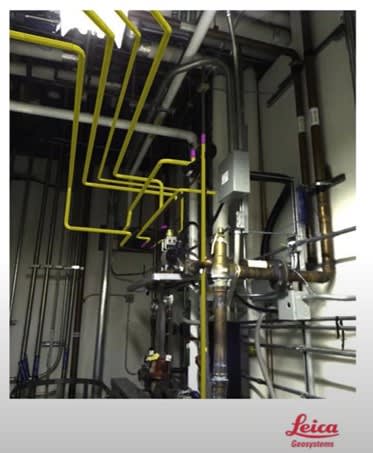Reality capture is the art of collecting detailed information about existing conditions. Many manufacturers are now using reality capture during construction, as well as throughout the lifetime of a facility.

Laser scanners are one of the most effective ways to perform reality capture in manufacturing settings. Here are a few examples of how companies are using reality capture data to improve operational efficiency:
• Informed design/design in context. A manufacturer may need to create a set of 2D or 3D drawings of an existing facility. A reality capture scan can be used as the starting point for these drawings.
• Ongoing documentation of the as-built environment. Manufacturers often tweak production lines and conveyor systems to streamline workflows and enhance efficiency. Laser scanning is an easy way to document changes to the as-built environment over time.
• Clash detection during design projects. It’s common for manufacturers to modify facilities with new piping, conveyor systems, or other equipment. Before moving forward with installation, design teams can capture as-built conditions in a reality capture point cloud and then compare that information virtually with the new project plans. Identifying clashes in the design phase saves time and money.
Comparing New Project Plans with Existing As-Built Conditions
• Digital twins. Laser scanning is the first step in creating a digital twin of a manufacturing facility. Information captured during construction and throughout the lifetime of the building can be accurately modeled in a three-dimensional manner.
• Floor flatness analysis. In many industries, floor flatness is essential for proper operation of sophisticated machinery. In the manufacturing sector, a food-grade spice producer uses robots to transfer materials from one area of the facility to another. The factory floor flatness must be within a certain tolerance so the robots can navigate correctly. Laser scanners are an easy and efficient way to capture floor flatness conditions.
Manufacturers have discovered the value of reality capture and laser scanning during the construction phase of facilities, as well as for improving operations. As technologies continue to advance, the opportunities will only grow. To learn how IMAGINiT is helping manufacturers utilize laser scanners and reality capture, watch our webinar “Laser Scanning in Manufacturing: From Build to Finish".
About the Author
Follow on Linkedin More Content by Rusty Belcher





















